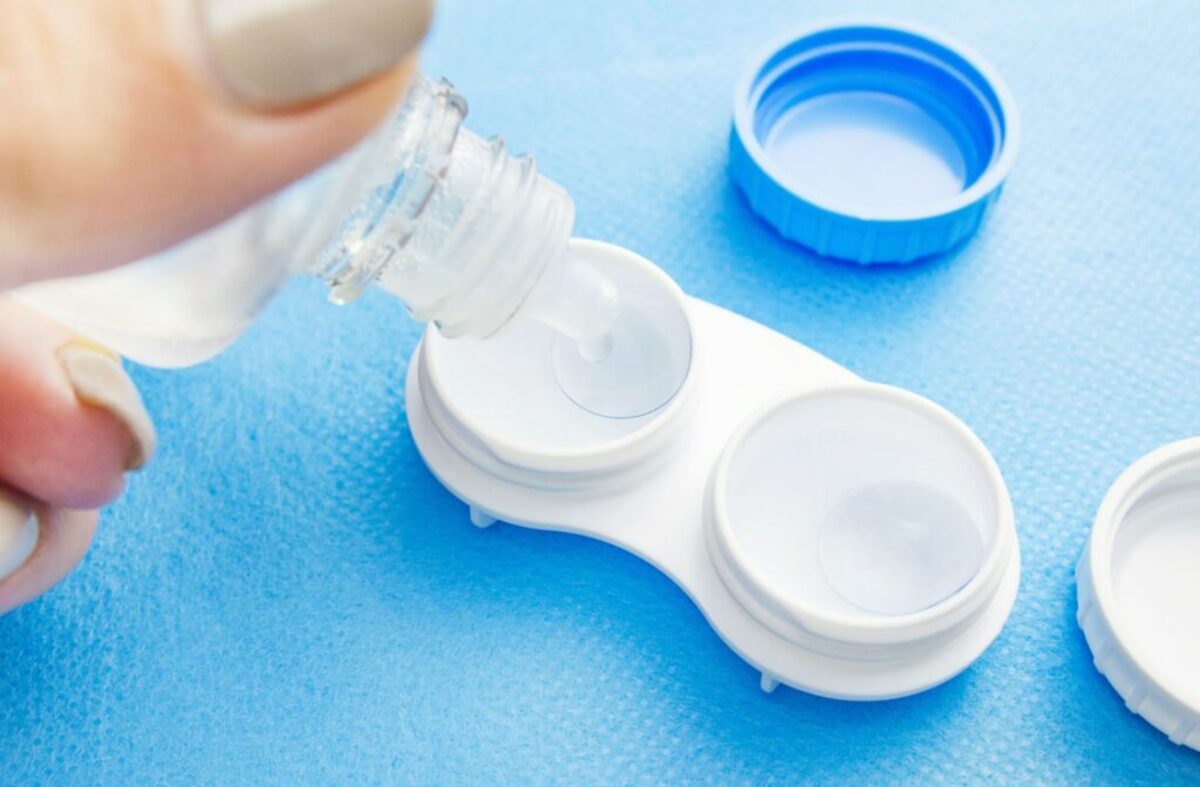

Articles
How To Store Contact Lenses Without Solution
Modified: December 7, 2023
Learn how to store your contact lenses without solution in this informative articles. Avoid contamination and keep your lenses safe with our tips and tricks.
(Many of the links in this article redirect to a specific reviewed product. Your purchase of these products through affiliate links helps to generate commission for Storables.com, at no extra cost. Learn more)
Introduction
When it comes to wearing contact lenses, proper storage is essential to keep them clean and safe for your eyes. While most people rely on contact lens solution for storage, there may be instances where you find yourself without any solution at hand. Whether you’re traveling or simply running out of your regular solution, it’s crucial to know alternative methods for storing your contact lenses without solution.
In this article, we will explore various alternative storage methods that can be used when contact lens solution is not available. From saline solution to hydrogen peroxide solution, we will discuss different options to ensure your lenses remain in optimal condition to protect your eyes and maintain your vision.
Key Takeaways:
- Proper storage is crucial for maintaining clean and safe contact lenses. When without solution, temporary methods like saline solution and hydrogen peroxide can help, but proper cleaning with contact lens solution is essential.
- While alternative storage methods like distilled water and reusable cases can be used temporarily, they do not replace proper cleaning and disinfection with contact lens solution. Consult your eye care professional for personalized advice on maintaining good hygiene and eye health.
Read more: How To Store Contact Lenses Without Case
Understanding Contact Lens Storage
Before we delve into alternative methods of storing contact lenses, it’s important to have a basic understanding of the purpose of proper storage. Contact lens storage serves two main purposes: to clean the lenses and to disinfect them.
When you remove your contact lenses at the end of the day, they may accumulate debris, protein deposits, and bacteria. Storing them in the appropriate solution allows for these impurities to be removed and prevents the growth of harmful bacteria. This ensures that when you put your lenses back in, they are clean and safe for your eyes.
Typically, contact lens solutions contain ingredients that help in cleaning, disinfecting, and lubricating the lenses. However, in situations where you don’t have access to contact lens solution, you can still use alternative methods to store your lenses temporarily until you can properly clean them.
It’s important to note that alternative storage methods should only be used as a temporary solution and should not replace proper cleaning and disinfection with contact lens solution. These methods can help in a pinch, but it’s advisable to obtain contact lens solution as soon as possible for thorough cleaning and disinfection.
Alternative Storage Methods
When you find yourself without contact lens solution, there are several alternative methods you can use to store your lenses temporarily. While these methods may not provide the same level of cleaning and disinfection as contact lens solution, they can help keep your lenses moist and prevent them from drying out.
Here are some alternative storage methods you can consider:
- Saline Solution: Saline solution, used for rinsing and storing contact lenses, can be used as a temporary storage method. It is important to note that saline solution does not contain any disinfecting agents, so it’s crucial to properly clean and disinfect your lenses once you have access to contact lens solution.
- Multipurpose Solution: If you happen to have multipurpose solution for contact lenses, you can use it temporarily for storing your lenses. Multipurpose solution is designed to clean, disinfect, and store contact lenses, making it a convenient option in the absence of contact lens solution.
- Hydrogen Peroxide Solution: Hydrogen peroxide solution, often used for deep cleaning and disinfecting contact lenses, can also be used for short-term storage. However, it’s important to follow the instructions provided with the solution, as it needs to be neutralized before inserting the lenses into your eyes.
- Eyedrops: In a pinch, you can also use lubricating eyedrops or artificial tears to keep your lenses moist. This method is not a substitute for proper cleaning and disinfection, but it can help temporarily until you have access to contact lens solution.
- Distilled Water: If none of the above options are available, you can use distilled water as a temporary storage method. It is crucial to use only distilled water, as tap water and other types of water may contain impurities and harmful bacteria that could lead to eye infections. It’s important to note that distilled water does not provide any cleaning or disinfection benefits, so you should properly clean your lenses once you have access to contact lens solution.
- Reusable Contact Lens Cases: Investing in a reusable contact lens case can be useful for situations where you don’t have contact lens solution. These cases can be filled with the appropriate solution or even saline solution as a temporary storage option until you can properly clean and disinfect your lenses.
- Temporary Storage: If you find yourself without any of the above options, and are unable to obtain contact lens solution, it’s best to remove the lenses and store them in a closed case or container. This will prevent them from drying out and protect them from any debris or contaminants until you can properly clean and disinfect them.
While these alternative storage methods can be useful in emergency situations, it’s important to remember that they are only temporary solutions. Proper cleaning and disinfection with contact lens solution is always recommended for maintaining good hygiene and eye health.
Method 1: Saline Solution
Saline solution is a sterile solution that is used for rinsing and storing contact lenses. While it does not contain any cleaning or disinfecting agents, it can be used as a temporary storage method when you don’t have access to contact lens solution. Here’s how you can use saline solution to store your contact lenses:
- Wash your hands thoroughly with soap and water before handling your lenses.
- Remove your contact lenses from your eyes and gently rinse them with fresh saline solution to remove any debris or impurities.
- Fill a clean contact lens case with enough saline solution to completely submerge your lenses.
- Place each lens into its respective compartment in the case and screw the caps on tightly to prevent any leakage.
- Store the case in a cool, dry place away from direct sunlight and heat.
- When you are ready to wear your lenses again, remove them from the saline solution and rinse them with fresh saline solution before inserting them into your eyes.
- It’s important to note that saline solution does not provide any cleaning or disinfection benefits, so it’s crucial to properly clean and disinfect your lenses as soon as you have access to contact lens solution. Saline solution should only be used as a temporary storage method.
Remember, proper hygiene and care are essential for maintaining the health of your eyes and the longevity of your contact lenses. It’s important to consult with your eye care professional if you have any concerns or questions regarding the storage and care of your contact lenses.
Method 2: Multipurpose Solution
Multipurpose solution is a versatile cleaning and disinfecting solution designed specifically for contact lenses. It can be used for cleaning, rinsing, and storing your lenses. If you find yourself without contact lens solution, multipurpose solution can be a convenient alternative for temporary storage. Here’s how you can use multipurpose solution to store your contact lenses:
- Make sure to wash your hands thoroughly with soap and water before handling your lenses.
- Remove your contact lenses from your eyes and gently rinse them with fresh multipurpose solution to remove any debris or impurities.
- Fill a clean contact lens case with enough multipurpose solution to fully submerge your lenses.
- Place each lens into its respective compartment in the case and screw the lids on tightly to prevent leakage.
- Store the case in a cool, dry place, away from direct sunlight and heat.
- When you’re ready to wear your lenses again, remove them from the multipurpose solution and rinse them with fresh multipurpose solution before inserting them into your eyes.
It’s important to emphasize that multipurpose solution is designed to clean, disinfect, and store your lenses. However, it’s still essential to properly clean and disinfect your lenses with contact lens solution as soon as you have access to it. Using multipurpose solution as a temporary storage method shouldn’t replace regular cleaning and disinfection practices.
Additionally, always follow the instructions provided by the manufacturer of the multipurpose solution and consult with your eye care professional if you have any concerns or questions regarding the storage and care of your contact lenses.
Read more: How To Store Unopened Contact Lenses
Method 3: Hydrogen Peroxide Solution
Hydrogen peroxide solution is commonly used for cleaning and disinfecting contact lenses. It provides a deep clean by removing debris and killing bacteria. In situations where you don’t have access to regular contact lens solution, hydrogen peroxide solution can be used as an alternative method for temporary storage. However, it’s important to follow the instructions provided with the solution, as it requires additional steps to neutralize the solution before using it on your lenses. Here’s how you can use hydrogen peroxide solution to store your contact lenses:
- As always, start by thoroughly washing your hands with soap and water before handling your lenses.
- Remove your contact lenses from your eyes and rinse them with saline solution or sterile saline to remove any debris.
- Place each lens in the designated compartments of a clean contact lens case.
- Fill the case with hydrogen peroxide solution, making sure that the solution completely covers the lenses.
- Screw on the lid of the contact lens case tightly to avoid any leakage.
- Allow your lenses to soak in the hydrogen peroxide solution for the recommended amount of time indicated on the product packaging. This typically ranges from 4 to 6 hours, but always follow the instructions specific to your solution.
- After the designated soaking time, it’s crucial to neutralize the solution. This can usually be done by using a neutralizing tablet or a built-in neutralizing system provided with the hydrogen peroxide solution. Follow the instructions carefully to ensure proper neutralization.
- Once the solution is neutralized, you can safely remove your lenses from the case and rinse them thoroughly with sterile saline or contact lens solution before inserting them into your eyes.
It’s important to note that hydrogen peroxide solution is not meant for direct insertion into the eyes, as it can cause severe irritation and damage. Always follow the instructions provided with the solution and consult with your eye care professional if you have any concerns or questions regarding the use of hydrogen peroxide solution as a temporary storage method for your contact lenses.
Store contact lenses without solution by placing them in a clean, dry contact lens case. Make sure to replace the solution with fresh solution before wearing them again.
Method 4: Eyedrops
In situations where you don’t have access to contact lens solution, you can resort to using lubricating eyedrops or artificial tears as a temporary storage method for your contact lenses. While this method does not provide cleaning or disinfecting properties, it can help keep your lenses moist and prevent them from drying out. Here’s how you can use eyedrops to store your contact lenses:
- Start by washing your hands thoroughly with soap and water before handling your lenses.
- Remove your contact lenses from your eyes and gently rinse them with saline solution or sterile saline to remove any debris.
- Place each lens in the designated compartments of a clean contact lens case.
- Instead of using contact lens solution, fill the case with enough lubricating eyedrops or artificial tears to fully submerge your lenses.
- Screw on the lid of the contact lens case tightly to prevent any leakage.
- Store the case in a cool, dry place away from direct sunlight and heat.
- When you’re ready to wear your lenses again, remove them from the eyedrops and rinse them with fresh saline solution or sterile saline before inserting them into your eyes.
It’s important to note that using eyedrops as a temporary storage method should not replace proper cleaning and disinfection with contact lens solution. Eyedrops do not provide the same level of cleaning and disinfection benefits, so it’s crucial to properly clean your lenses once you have access to contact lens solution.
Additionally, always check the product label and consult with your eye care professional to ensure that the specific eyedrops you are using are compatible with contact lens storage and safe for your lenses.
Method 5: Distilled Water
If you find yourself without any contact lens solution, distilled water can be used as a temporary storage method for your contact lenses. However, it’s important to note that distilled water does not have the cleaning or disinfecting properties necessary to maintain the cleanliness and safety of your lenses. Here’s how you can use distilled water to store your contact lenses:
- Begin by washing your hands thoroughly with soap and water before handling your lenses.
- Remove your contact lenses from your eyes and gently rinse them with saline solution or sterile saline to remove any debris.
- Place each lens in the designated compartments of a clean contact lens case.
- Instead of using contact lens solution, fill the case with enough distilled water to fully submerge your lenses. It’s important to use only distilled water, as tap water or other types of water may contain impurities or harmful bacteria that could lead to eye infections.
- Screw on the lid of the contact lens case tightly to prevent any leakage.
- Store the case in a cool, dry place away from direct sunlight and heat.
- Before reinserting your lenses, it’s crucial to properly clean and disinfect them using contact lens solution once you have access to it.
While using distilled water as a temporary storage method can help prevent your lenses from drying out, it’s important to understand that it does not provide the necessary cleaning and disinfection benefits. Therefore, it’s essential to clean your lenses properly as soon as you have the opportunity to do so.
Remember, maintaining the cleanliness and safety of your contact lenses is crucial for the health of your eyes. Always follow proper cleaning and disinfection practices, and consult with your eye care professional if you have any concerns or questions regarding the use of distilled water as a temporary storage method for your contact lenses.
Method 6: Reusable Contact Lens Cases
Investing in a reusable contact lens case can be a practical solution when you don’t have access to contact lens solution. These cases are designed to hold and store contact lenses safely, making them a convenient alternative storage method. Here’s how you can use a reusable contact lens case to store your lenses:
- Start by washing your hands thoroughly with soap and water before handling your lenses.
- Remove your contact lenses from your eyes and gently rinse them with saline solution or sterile saline to remove any debris.
- Open a clean and dry reusable contact lens case, making sure it is not damaged or cracked.
- Fill each well of the contact lens case with enough saline solution to partially cover the lenses.
- Place each lens in its respective well, ensuring it is fully submerged in the saline solution.
- Close the case tightly to prevent any leakage and to maintain the sterility of the lenses.
- Store the case in a cool, dry place away from direct sunlight and heat.
- When you’re ready to wear your lenses again, carefully remove them from the case and rinse them thoroughly with fresh saline solution or contact lens solution before inserting them into your eyes.
Reusable contact lens cases are designed for storage, but they do not provide cleaning or disinfection properties. It’s important to note that using saline solution in the case does not replace the need to properly clean and disinfect your lenses with contact lens solution. As soon as you have access to contact lens solution, make sure to follow proper cleaning and disinfection practices.
Additionally, remember to regularly clean and replace your reusable contact lens case to prevent any potential bacterial growth. Consult with your eye care professional if you have any concerns or questions regarding the use of reusable contact lens cases as a temporary storage method for your contact lenses.
Read more: How To Store Contact Lenses
Method 7: Temporary Storage
When you don’t have access to any of the previously mentioned storage methods, you can still store your contact lenses temporarily to prevent them from drying out and protect them from debris. Here’s how you can store your lenses in a temporary situation:
- Start by washing your hands thoroughly with soap and water before handling your lenses.
- Remove your contact lenses from your eyes and gently rinse them with saline solution or sterile saline to remove any debris.
- Find a clean and dry container with a lid that can securely hold your lenses.
- Place each lens in the container, ensuring they are well-separated from each other.
- Screw on the lid tightly to prevent any dust, debris, or contaminants from coming into contact with the lenses.
- If possible, store the container in a cool, dry place away from direct sunlight and heat to maintain the integrity of the lenses.
- It’s important to note that storing your lenses in a temporary manner should only be done for a short period of time. As soon as you have access to proper contact lens solution, make sure to clean and disinfect your lenses before wearing them again.
While utilizing temporary storage is not an ideal long-term solution, it can provide some protection for your contact lenses when other options are not available. However, it’s crucial to obtain contact lens solution as soon as possible for proper cleaning and disinfection to maintain the hygiene and safety of your lenses.
Remember to consult with your eye care professional if you have any concerns or questions regarding the temporary storage or care of your contact lenses.
Conclusion
Proper storage is essential for maintaining the cleanliness and safety of your contact lenses. While contact lens solution is the recommended method for storage, there may be situations where you find yourself without access to it. In such cases, it’s important to know alternative methods for storing your contact lenses temporarily.
Throughout this article, we have explored various alternative storage methods that can be used when contact lens solution is not available. From using saline solution and multipurpose solution to hydrogen peroxide solution and eyedrops, there are several options to help keep your lenses moist and prevent them from drying out. We have also discussed the use of distilled water and reusable contact lens cases as temporary storage solutions.
However, it’s crucial to understand that these alternative methods should only be used as a temporary solution. They do not provide the same level of cleaning and disinfection as contact lens solution, which is necessary for maintaining the hygiene and safety of your lenses and your eye health. It’s important to clean and disinfect your lenses properly once you have access to contact lens solution.
Additionally, always follow proper hygiene practices by washing your hands thoroughly before handling your lenses. Keep your lenses in a clean and dry container, and store them in a cool, dry place away from direct sunlight and heat when using temporary storage methods. Regularly clean and replace your contact lens case to avoid bacterial growth.
If you have any concerns or questions regarding the storage and care of your contact lenses, it’s important to consult with your eye care professional. They can provide you with personalized advice and guidance to ensure the health and longevity of your contact lenses.
Remember, proper storage and maintenance are essential for keeping your contact lenses clean, safe, and comfortable for your eyes. By taking the necessary steps to store your lenses properly, you can continue to enjoy clear vision and optimal eye health.
Frequently Asked Questions about How To Store Contact Lenses Without Solution
Was this page helpful?
At Storables.com, we guarantee accurate and reliable information. Our content, validated by Expert Board Contributors, is crafted following stringent Editorial Policies. We're committed to providing you with well-researched, expert-backed insights for all your informational needs.
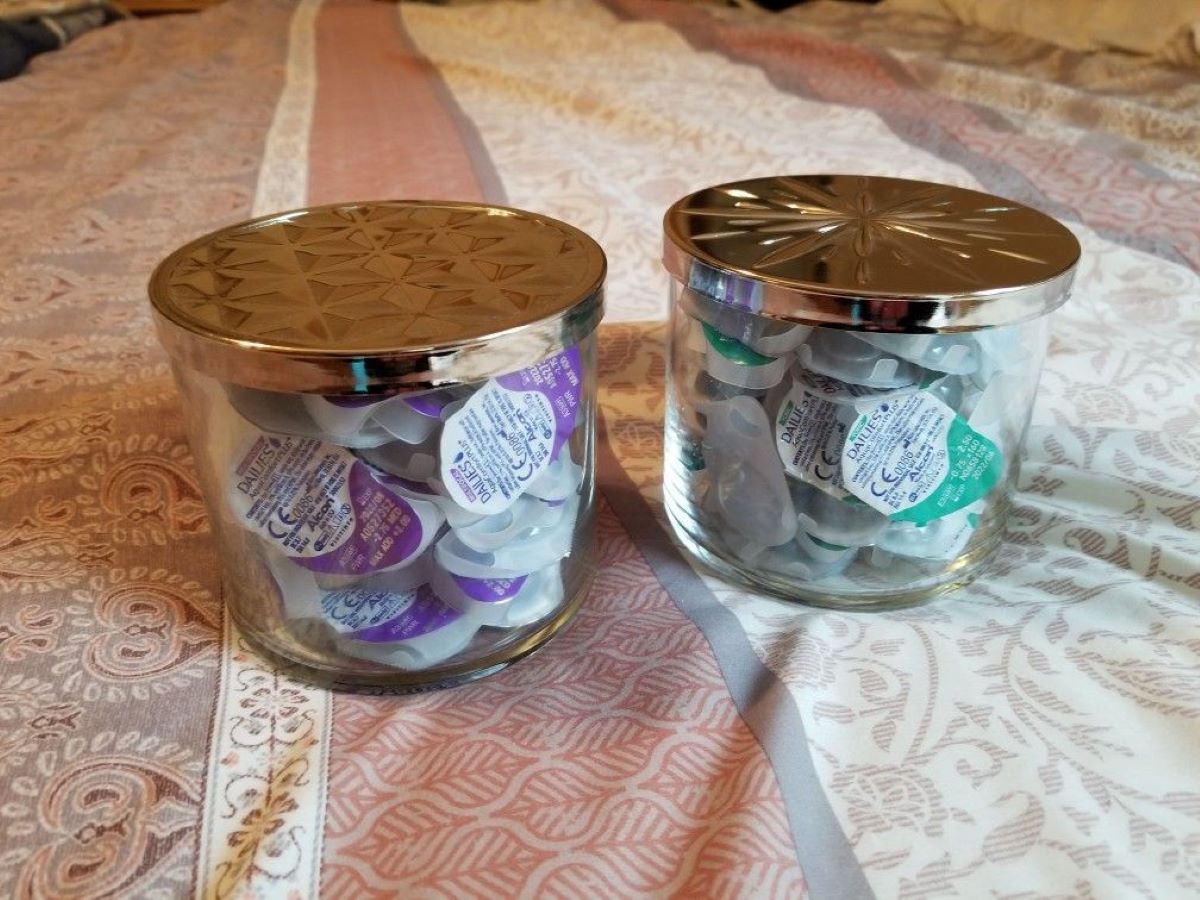
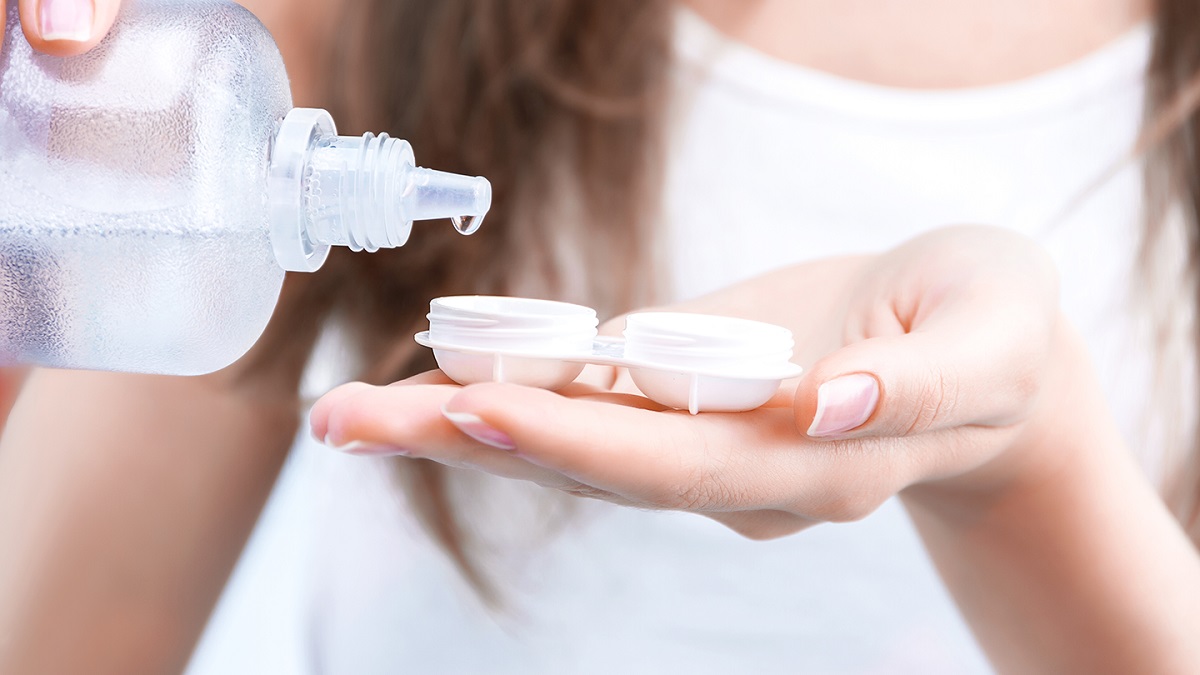
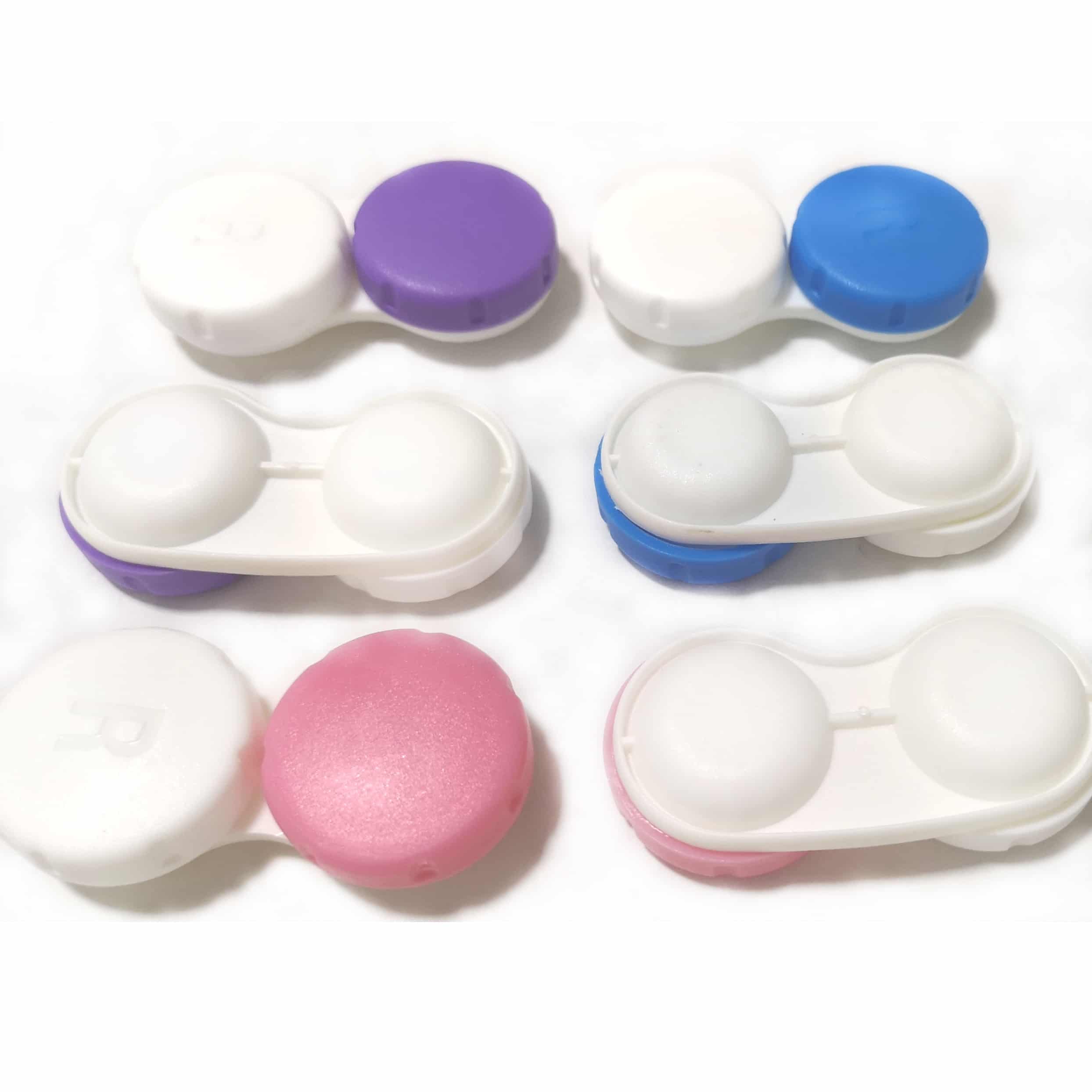
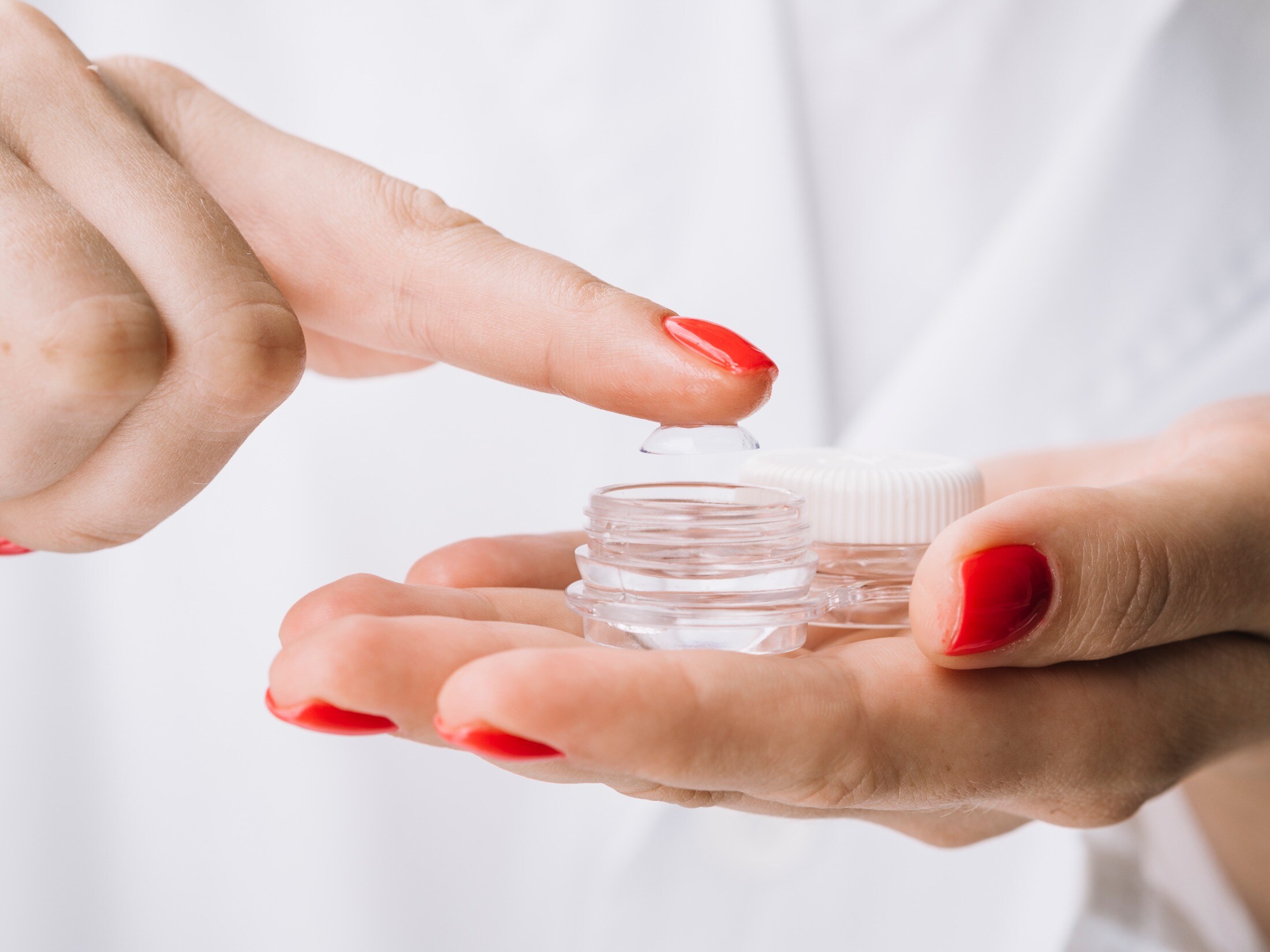
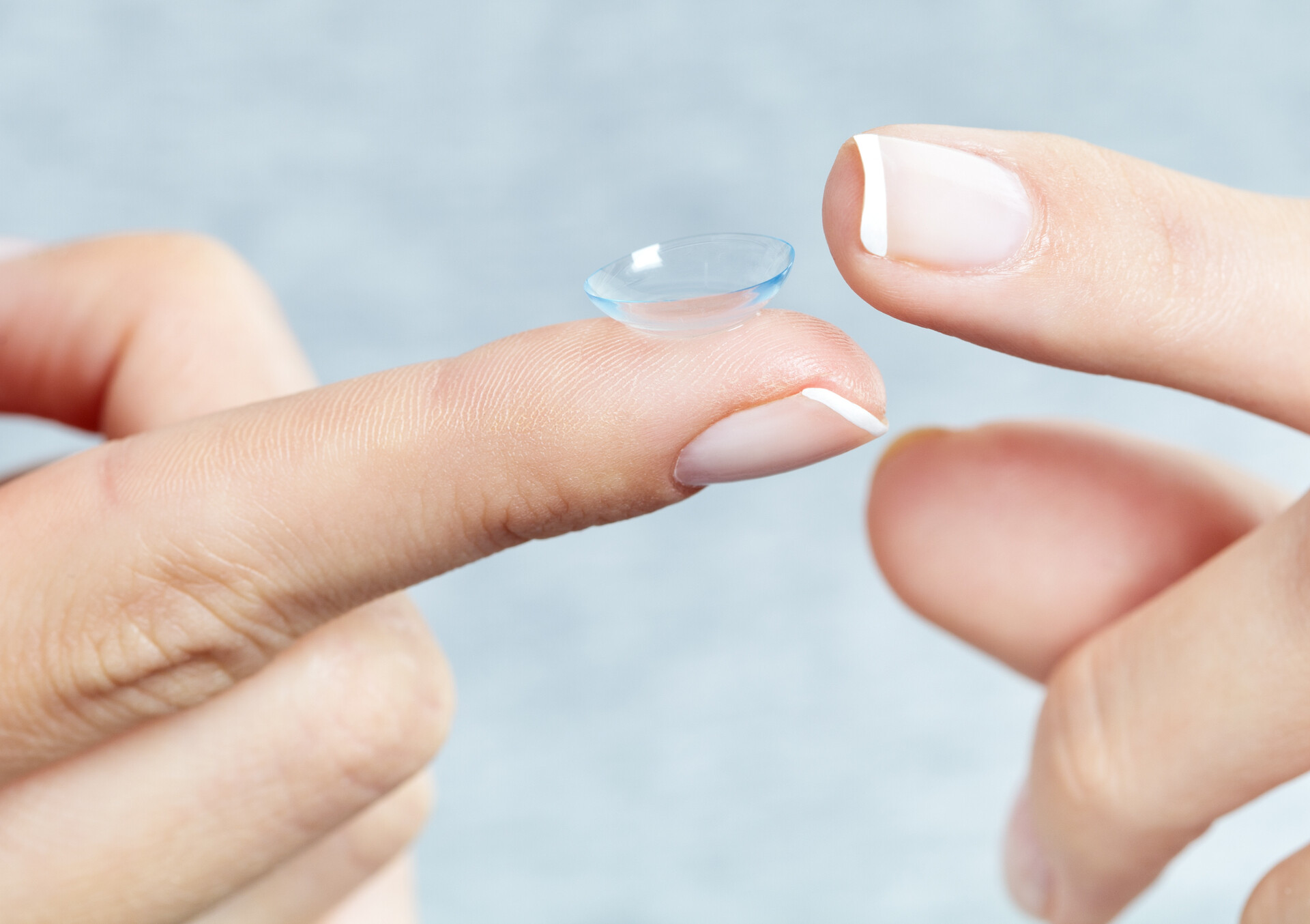
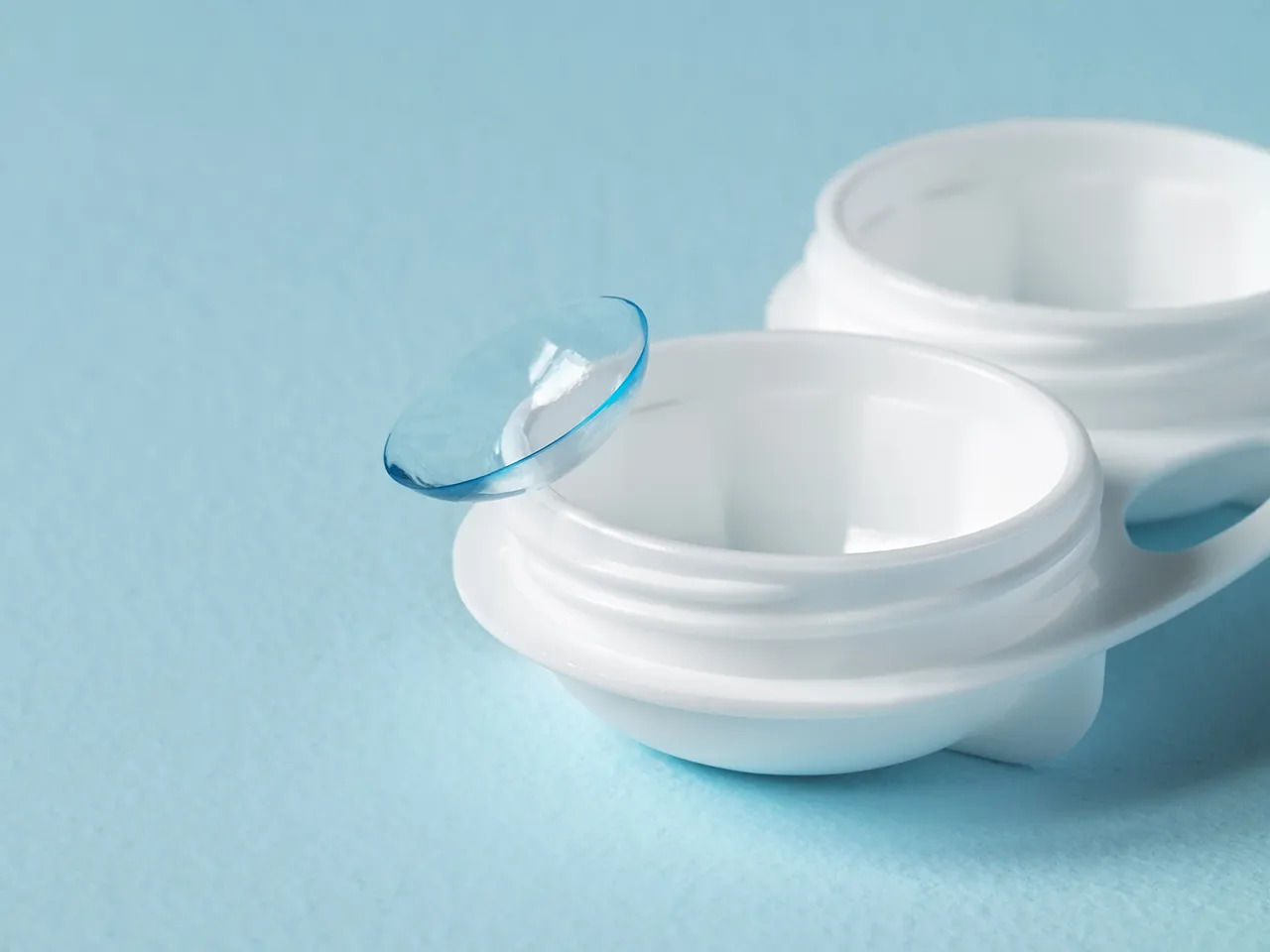
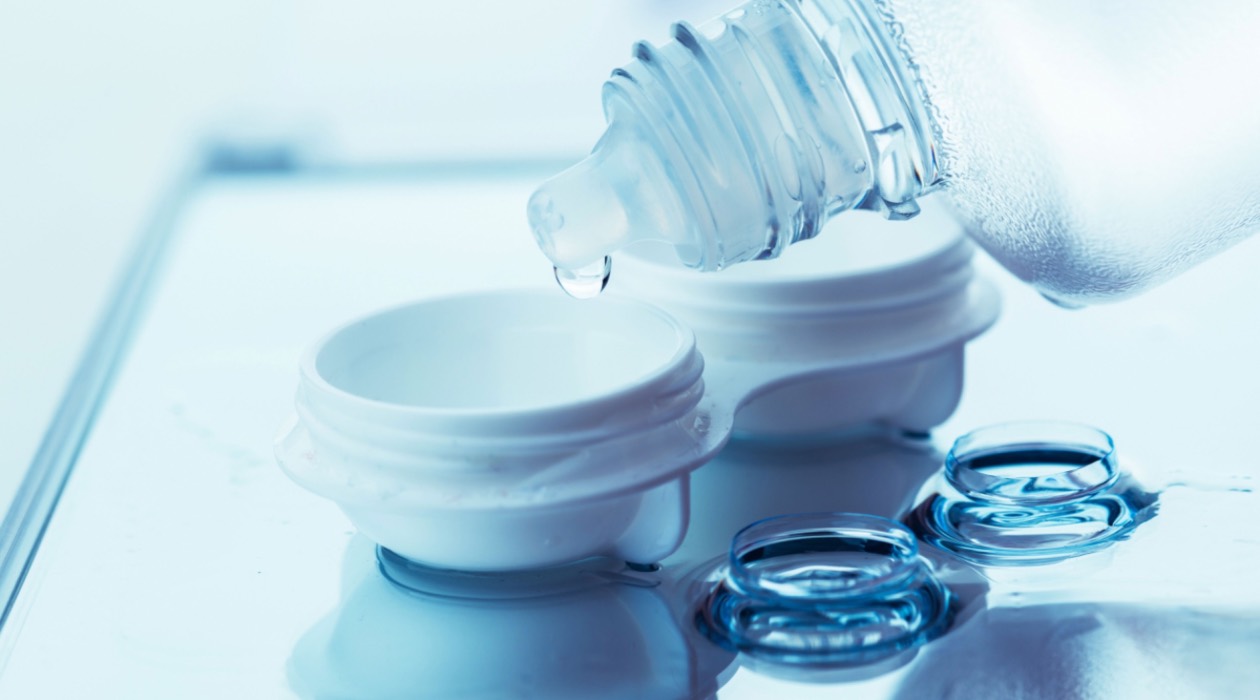

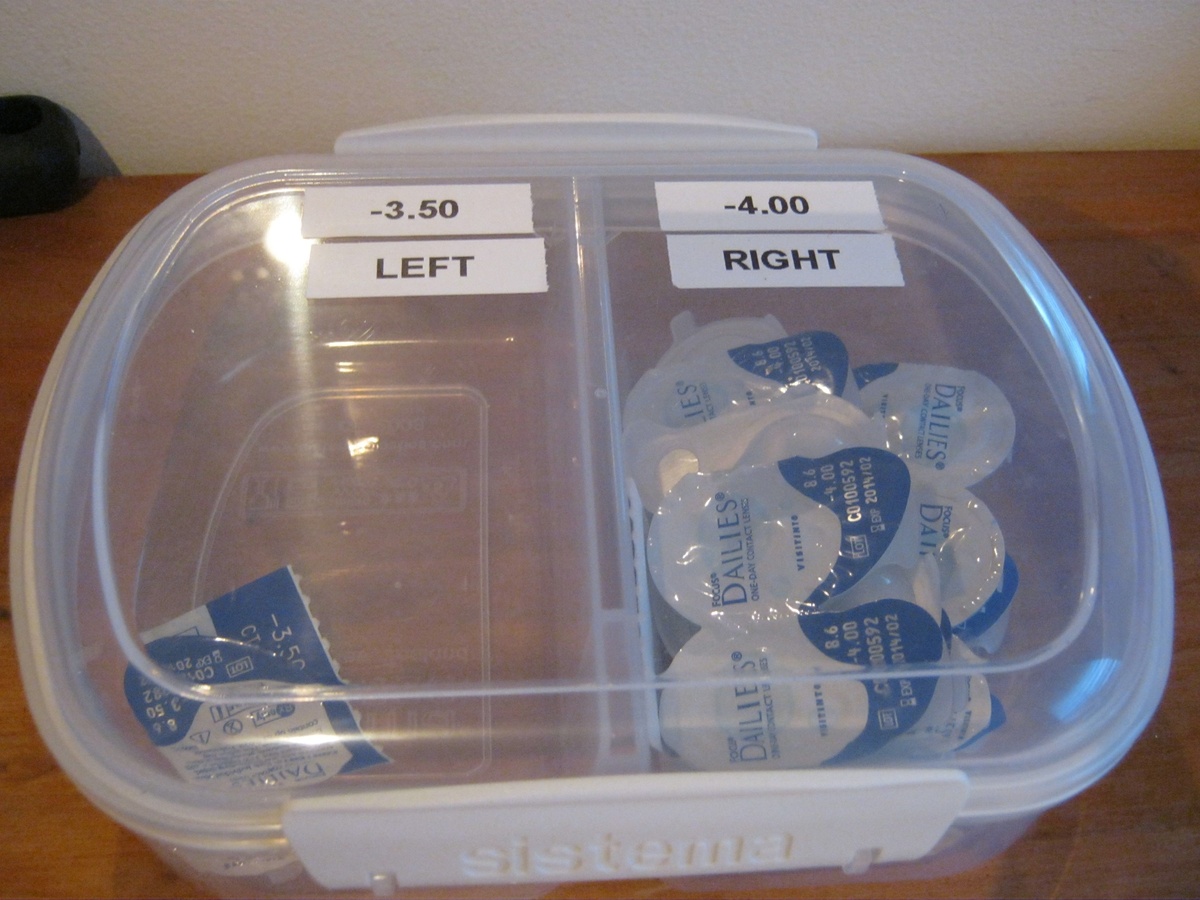
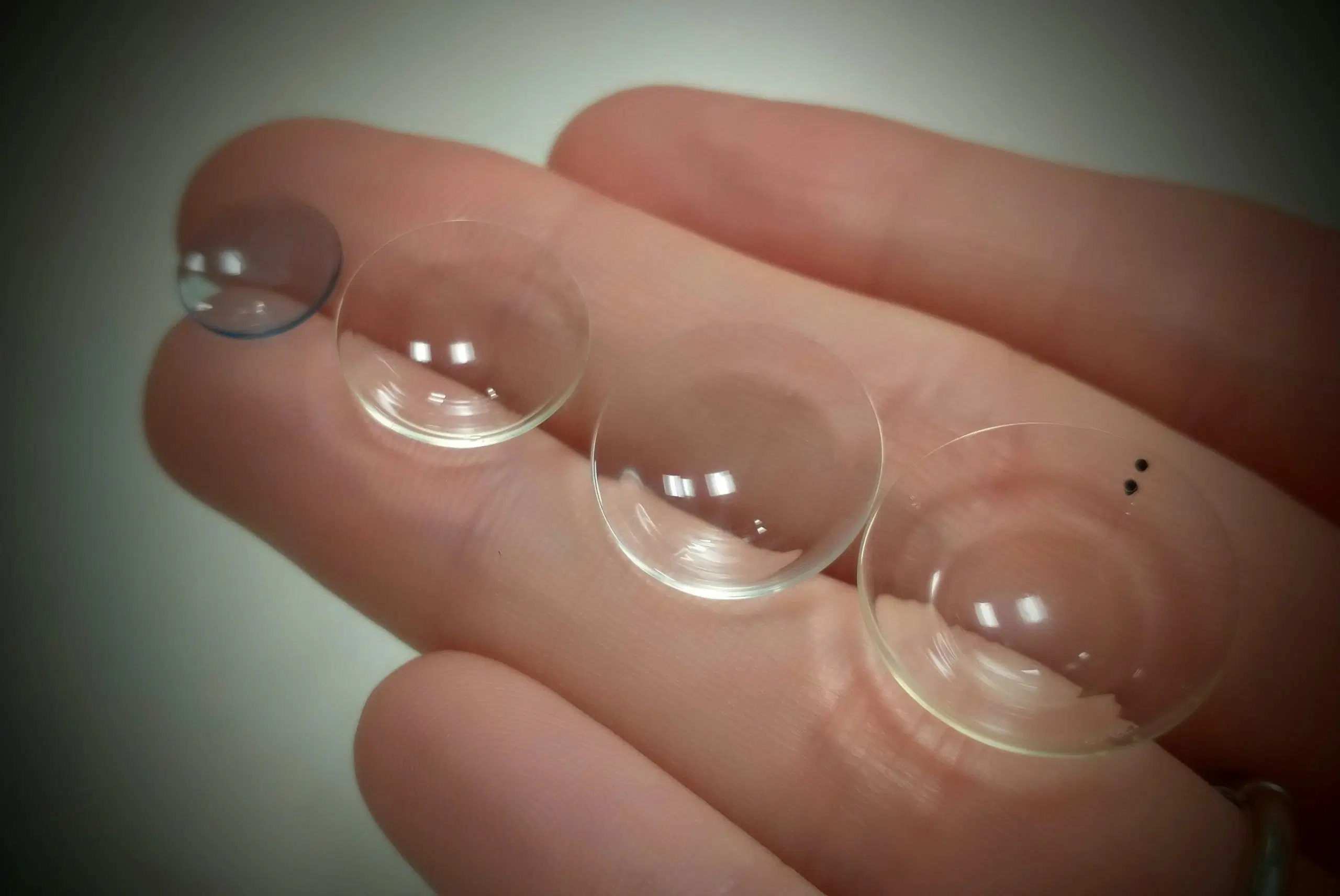
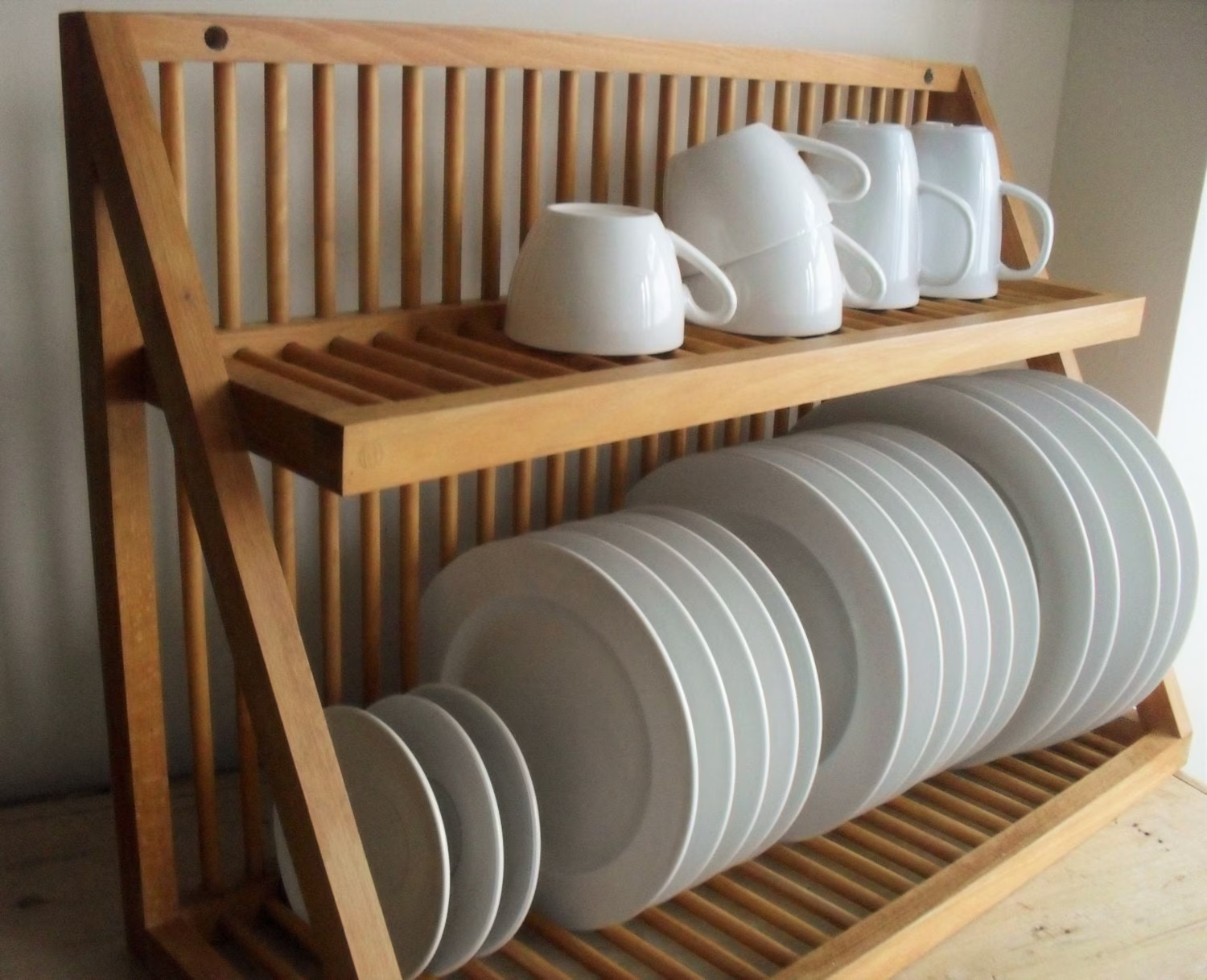
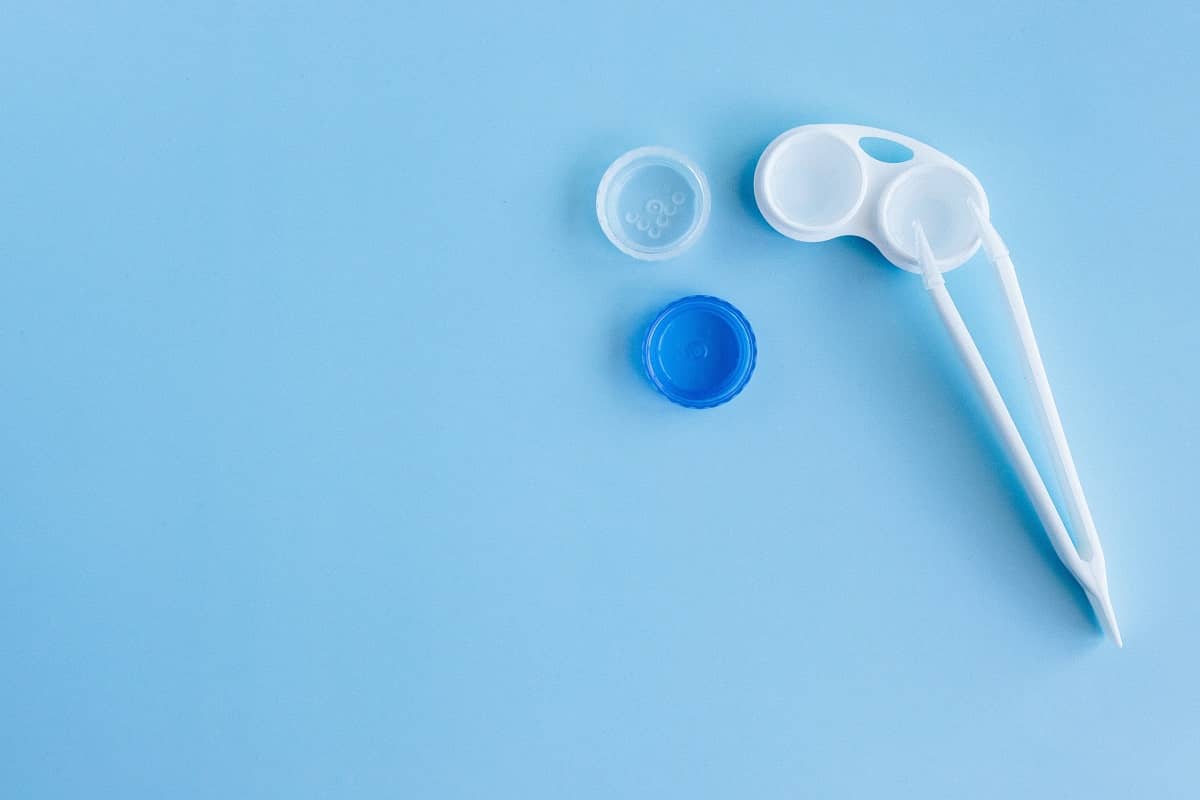
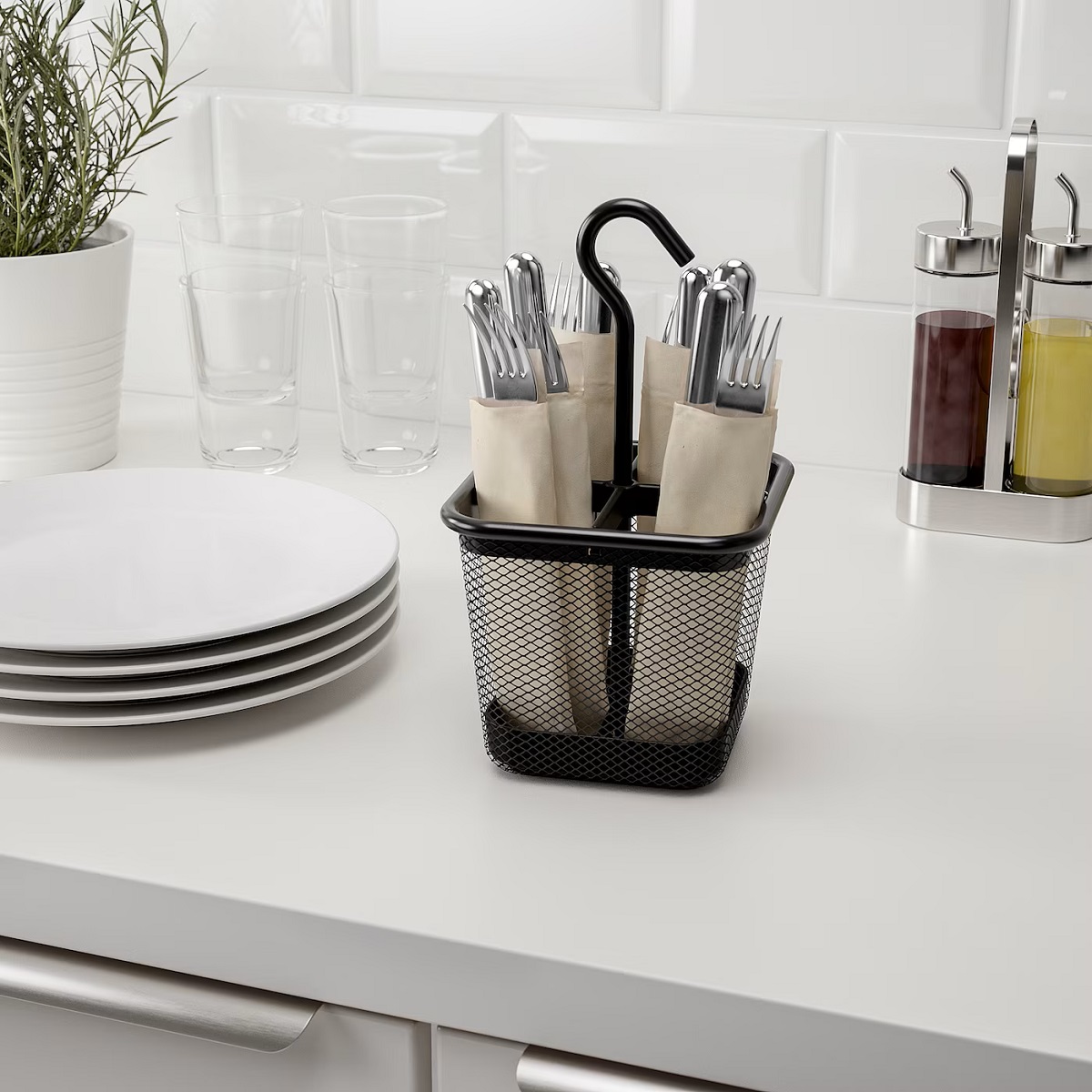

0 thoughts on “How To Store Contact Lenses Without Solution”